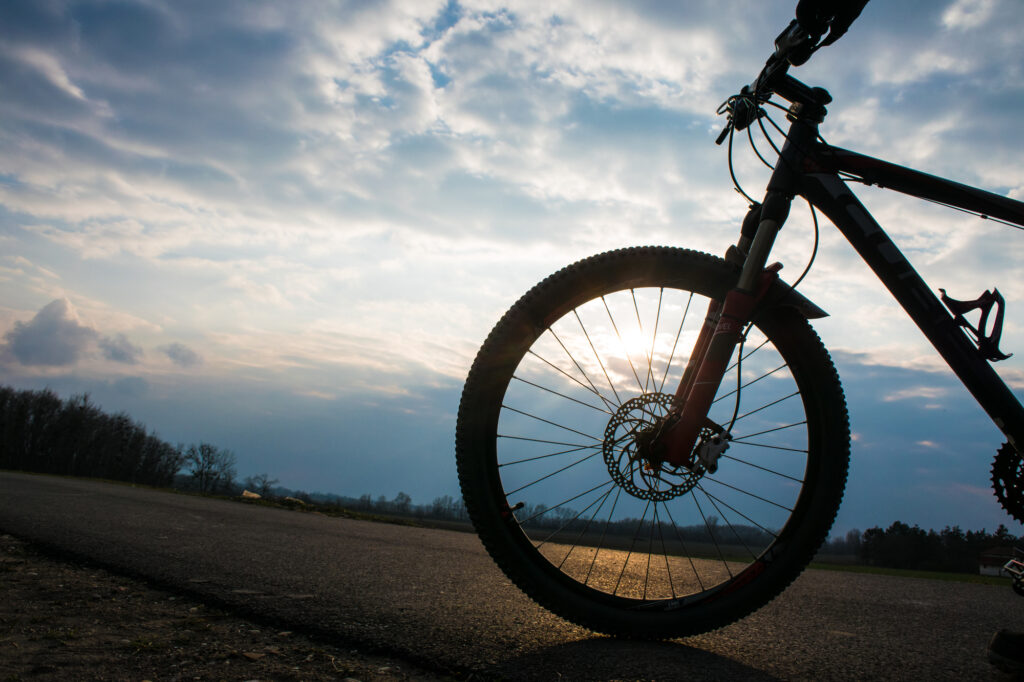The cycling boom is great, but what’s with the speed motorists?
Did you know that the Highway Code considers cyclists, along with motorcyclists, pedestrians and horse riders, as vulnerable road users? The Code even has a special section of rules setting out how other road users, i.e., the four wheeled motorist type, should ‘be aware’ of vulnerable road users and ‘give them plenty of room’. Perhaps, somewhat surprisingly, whilst there is mention of driving slowly when passing animals, and of slowing down near pedestrians, there is no reference to the need for motorists to reduce speed when they see cyclists nearby. Have you become more aware of cyclist safety this pandemic?
Are motorists driving faster in lock down?
I mention this, because is it me or have you too noticed the trend during the pandemic lock downs of motorists driving much faster than they normally would? Well, we are not alone. A news report on the RAC website in November 2020, confirmed that as traffic volumes dropped off a cliff during the first lock down in March/April 2020, the proportion of motorists driving over the speed limit on single carriageways and on 30 mph roads rose considerably. From what I have been experiencing, it seems to be a similar tale in the lock down of the early weeks of the New Year. That isn’t good news for cyclists or indeed other vulnerable road users.
A cycling boom
One of the few good things to come out of the pandemic has been the extent to which more people have taken to cycling. The quieter roads have undoubtedly played a part in enticing new or lapsed
cyclists to jump onto a saddle and start pedalling! However, once on the roads, new cycling buddies could be forgiven for feeling that the roads aren’t quite as welcoming as they expected them to be. Country roads in particular should be where the joy of cycling is felt most and whilst there may be less traffic on the roads, what vehicles there are seem to be driving twice as fast as they ought to be. That’s worrying, as speeding motor vehicles aren’t compatible with safe cycling.
The need to kill speed
Whilst the Highway Code is right to alert other road users of the need to be aware of cyclists in blind spots and to give them plenty of room when overtaking, the number one key to navigating a
vehicle to ensure cyclist safety is for drivers to reduce their speed. Without doing that, they don’t have the time to mentally adjust their speed accordingly thus enabling them to either pass cyclists safely (giving at least 1.5 metres wiggle room, please) or to slow right down until it is safe to pass. I
What often happens instead, is that by going too quickly, the motorist can’t react quickly enough to allow them to make a reasoned judgement and to act upon it. This tends to result in the driver simply continuing on at speed and overtaking the cyclist. Whether in doing that, the driver gives the cyclist a wide enough berth, is often a matter of luck. Cycling two abreast is not poor cycling – sometimes it’s a must! Time and again, cyclists receive bad press for riding two abreast. However, on the bends of country lanes or on narrow roads, if two cyclists don’t ride side by side, drivers, particularly speeding ones, are tempted to overtake single file riders when it’s simply too dangerous for them to do so. That is why Ordinary Cycling Girl supports the implementation of the proposed new Highway Code Rule 66 to support cyclist safety, which reads:
“[Cyclists should] ride in single file when drivers wish to overtake, and it is safe to let them do so. When riding in larger groups on narrow lanes, it is sometimes safer to ride two abreast.”
Road Safety Campaigns do work for cyclist safety, albeit slowly!
Speed has been identified as a major risk factor in causing road traffic accident injuries by the World Health Organisation. Last year’s Road Safety Week campaign, organised by the road safety charity Brake, had as its theme “No Need to Speed”. It emphasised some fairly obvious, but often overlooked and even more often, ignored facts, such as:
- The faster a vehicle is travelling, the longer it takes to stop
- At higher speeds, a driver has less time to react and stop in an emergency
- Narrow, bendy roads often lack pavements or cycle paths and are unsuited to high speeds
- Where traffic is slow, more people choose to walk or cycle. 20mph is an appropriate speed in places where people live.
Campaigns like the annual Road Safety Week and others, are important. It sometimes feels that no one is listening to the messages they carry, but they do have an effect, even if it is a ‘drip, drip’ one.
Looking after number one
All we can do to ensure cyclist safety, is be aware of the fact that some drivers will always speed and will not give us the care and attention that the Highway Code says we should be afforded. We should also be
aware of the of the way to ride on particular stretches of road that carry potentially more dangers than others (e.g., riding two abreast where safety dictates it would be wise to do so). In essence, it’s incumbent on us look after ourselves and make sure that we aren’t going to be searching the internet for cycling accident solicitors to help us with a personal injury claim!

